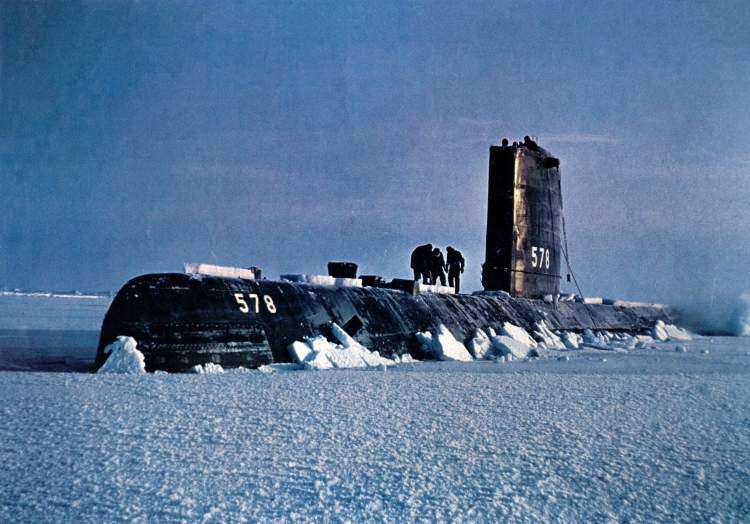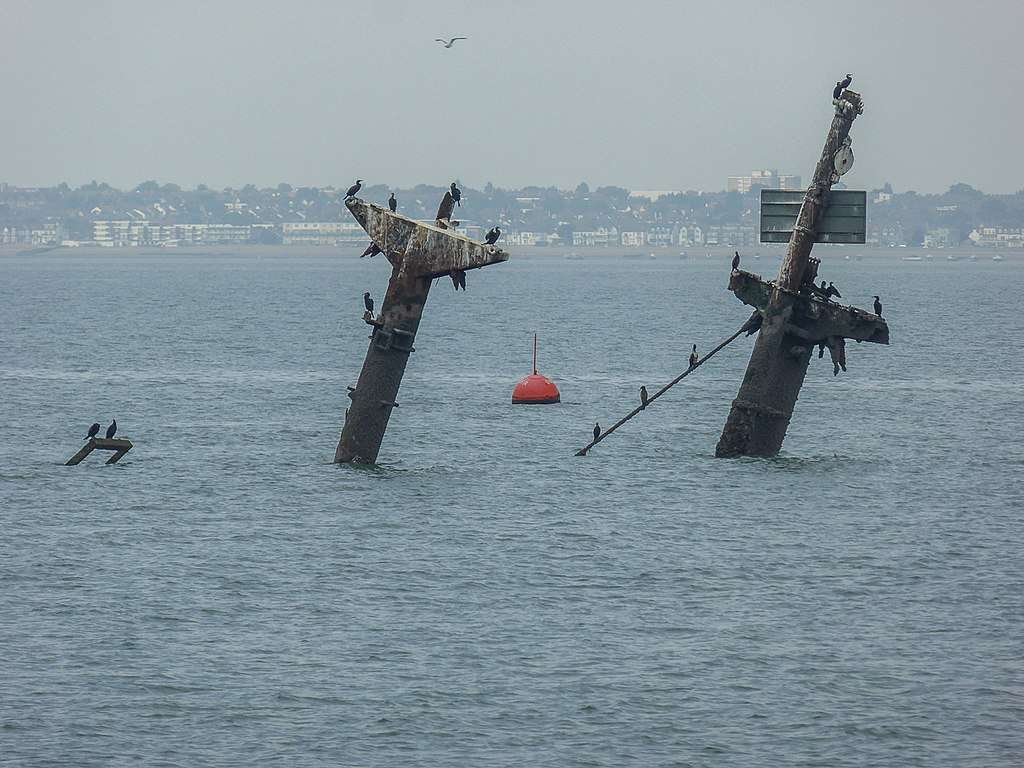The Battle of Wake Island, a significant clash in the Pacific theatre of World War II, unfolded on the Wake Island atoll, including the small islets of Peale and Wilkes.
Beginning concurrently with the Pearl Harbor attacks on the morning of December 8, 1941 (December 7 in Hawaii), the battle ended on December 23, when the American forces conceded to the Japanese Empire.
The conflict, fought on air, land, and sea, involved troops from both the Japanese Empire and the United States, with Marines from both nations in prominent roles.
Throughout the remainder of World War II’s Pacific campaign, the island remained under Japanese control. The residual Japanese forces on the island finally surrendered to a group of United States Marines on September 4, 1945.
This followed the initial surrender on September 2, 1945, aboard the battleship USS Missouri in Tokyo Bay to General Douglas MacArthur.
Contents
- Background
- The Defenders Of Wake Island
- Initial Attacks
- Battles of Wake Island
- The Final Assault On Wake Island
- Aftermath
Background
Wake Island, a coral atoll located in the western Pacific Ocean, sits approximately 2,298 miles west of Honolulu, Hawaii, and 1,991 miles east of Tokyo, Japan.
The remote island, with an area of just 6.5 square miles, had been annexed by the United States in 1899 and had served primarily as a minor refueling stop for commercial airline services.
However, with the increasing threat of war in the Pacific in the late 1930s, the U.S. Navy began fortifying Wake.
Read More The German Battleship Gneisenau – A Maritime Powerhouse of the Second World War
The location of the island made it a strategically valuable outpost for the United States. It was seen as a forward defense against any eastward aggression from Japan, and conversely, it could serve as a launching point for operations moving west towards Asia.
By 1941, Wake Island housed airfields and was being used as a stopover and refueling station for trans-Pacific flights, both military and civilian. A series of defensive structures were built, including gun emplacements, bunkers, and barracks.

The atoll’s small size belied its strategic importance. Its geographical isolation rendered it both a potential lifeline and a vulnerable target.
When the U.S. Pacific Fleet was crippled by Japan’s surprise attack on Pearl Harbor on December 7, 1941, Wake Island was thrust onto the front lines of the rapidly escalating war.
The defenders, consisting primarily of U.S. Marines, naval personnel, and civilian contractors, were now on the precipice of a critical battle that would shape the early days of the Pacific War.
Their task was daunting. The island’s isolation meant reinforcements and resupplies would be almost impossible to arrange in time, while the strategic importance of Wake made it a valuable target for the Japanese.
The Defenders Of Wake Island
Wake Island was defended by a mix of personnel that numbered approximately 1,800, making it a starkly outnumbered outpost in comparison to the approaching Japanese forces.
The defenders were a mix of U.S. Marines, Naval personnel, and civilian contractors who were working on the island’s infrastructure development at the onset of hostilities.
The U.S. Marine garrison, a part of the 1st Defense Battalion, was led by Major James P.S. Devereux. They numbered about 450, forming the primary combat force on the island.
This force was significantly smaller than similar garrisons on other Pacific islands. Despite their small size, they were well-trained and possessed a firm grasp of the island’s defenses.
Approximately 70 naval personnel, under the command of Commander Winfield S. Cunningham, were also stationed on the island. They performed a variety of duties including operating the island’s naval guns, providing medical support, and maintaining communication with the outside world. Their presence was critical in ensuring that the Marines could focus on repelling the enemy assault.
Most uniquely, Wake Island was also home to about 1,200 civilian contractors from the Morrison-Knudsen Company. These men were construction workers, not soldiers, and they had been hired to build the island’s defenses.
Read More SS Baychimo – The Arctic Ghost Ship
However, when war came to Wake, they too were pulled into the conflict. They took on a variety of roles, from manual labor to acting as additional gun crews, and their contribution was significant in prolonging the island’s resistance.
Overall, the defense of Wake Island was a patchwork effort, cobbled together from various resources available on the island. Despite the scarcity of manpower, the defenders were determined to stand their ground.
They were bolstered by the island’s defenses, including six 5-inch naval guns, a dozen 3-inch antiaircraft guns, eighteen coastal artillery pieces, and twelve F4F-3 Wildcat fighters of Marine Fighter Squadron VMF-211 led by Major Paul A. Putnam.
Despite their disparate backgrounds, they were united in the goal of defending the island and resisting the impending Japanese assault.
Initial Attacks
On December 8, 1941, just hours after the fateful attack on Pearl Harbor, Wake Island found itself in the crosshairs of the Japanese Empire. The initial attack took the form of a devastating aerial bombardment launched from six Japanese aircraft carriers.
The purpose of this strike was to neutralize Wake’s air power and soften its defenses in preparation for a ground invasion.
Caught by surprise, the defenders scrambled to respond.
Unfortunately, eight of the island’s twelve F4F Wildcat fighter planes were destroyed on the ground, severely hampering the island’s air defense capabilities. However, the remaining aircraft, piloted by members of Marine Fighter Squadron 211, took to the skies to challenge the invaders.

From December 9 to 11, the defenders endured continued aerial bombings as the Japanese sought to weaken their resolve and destroy their defensive capabilities. Despite being outnumbered and outgunned, the defenders made use of every asset at their disposal, from their limited aircraft to their coastal artillery guns. They also used their intimate knowledge of the island’s terrain to their advantage, creating defensive positions and ambush points.
On December 11, the Japanese made their first attempt to invade the island. However, the defenders were ready. Using their remaining artillery and small arms, they managed to repel the landing attempt. In a significant victory, the U.S. forces sank two Japanese destroyers and damaged a third, causing the Japanese to withdraw.
What happеnеd in thе Battlе of Wakе Island?
In WWII, Japan attackеd Wakе Island on Dеcеmbеr 8, 1941. Outnumbеrеd U.S. dеfеndеrs, including Marinеs and contractors, initially rеpеllеd thеm. On Dеcеmbеr 23, thеy wеrе ovеrwhеlmеd, but thеir bravе stand dеlayеd capturе by two wееks, giving thе U.S. crucial timе to prеparе its Pacific War rеsponsе. Thеir couragе boostеd American moralе in advеrsity.
The Final Assault On Wake Island
As the battle raged on, the situation on Wake Island became increasingly dire. Despite the successful repulsion of the first Japanese assault, the defenders knew their situation was precarious.
They were running low on essential supplies, their numbers were dwindling, and their defenses had been significantly weakened. Nonetheless, they remained steadfast, ready to face the enemy with all they had left.
On December 23, their worst fears were realized. A significantly larger Japanese invasion force arrived, comprising of numerous ships and thousands of soldiers. The force was led by Rear Admiral Sadamichi Kajioka and Rear Admiral Tamon Yamaguchi, hardened veterans of the Imperial Japanese Navy.
This time, the Japanese were determined to capture the island and eliminate the American presence in the region.
The American defenders, despite their weary bodies and depleted resources, fought back fiercely. They used their remaining guns, rifles, and any available tools to challenge the invasion. Some even engaged in desperate hand-to-hand combat as the Japanese forces breached their positions. The civilians, who were not trained soldiers, fought alongside the Marines and sailors.
However, the sheer number of Japanese forces proved overwhelming. With the defenders stretched to their limits, the island was gradually overrun. By the end of the day, the Japanese had taken control of the island. Major Devereux, realizing the futility of further resistance, ordered his men to lay down their arms. The heroic stand of the Wake Island defenders had come to an end.

Despite the fall of the island, the valor of the defenders did not go unnoticed. Their intense resistance had inflicted significant casualties on the Japanese forces and had delayed the island’s capture for two weeks. This had given the U.S. military much-needed time to regroup and plan their response to the wider Japanese offensive in the Pacific. The last stand at Wake Island would long be remembered as a symbol of courage and determination against overwhelming odds.
Aftermath
The Battle of Wake Island’s conclusion marked a significant moment in the Pacific War. With the island’s capture, the Japanese had secured a major strategic location in the central Pacific. The island was turned into a Japanese base, hosting naval and air operations that posed a threat to the U.S. throughout the war.
For the defenders, the aftermath was harsh. Those who survived the battle were taken prisoner by the Japanese forces. They were transported to various POW camps in Asia, where they endured hard labor and often harsh treatment for the remainder of the war.
Read More Japanese Battleship Fusō – The Ship That Looks Photoshopped
This included both the military personnel and the civilian contractors, who had been unexpectedly thrust into the conflict.
For the U.S., the fall of Wake Island signified the vulnerability of even well-prepared defenses against a numerically superior and determined enemy. It reinforced the urgent need for a coordinated and large-scale response to halt the Japanese advance in the Pacific.
However, the battle also had a profound impact on American morale and perception of the war. The resistance of the Wake Island defenders had demonstrated courage, resilience, and unwavering commitment to duty, even in the face of seemingly insurmountable odds. Their story was widely reported in the U.S. media, serving as a rallying point for a nation at war.
News of their valiant stand, followed by their capture, stirred strong emotions across the nation and fostered a collective resolve to fight back against the aggressors.
The phrase “Remember Wake Island” became a rallying cry that inspired countless American soldiers in the ensuing battles of World War II. It underlined the stark reality of the conflict, emphasized the value of sacrifice and resistance, and steeled the American public for the long, hard war ahead.







